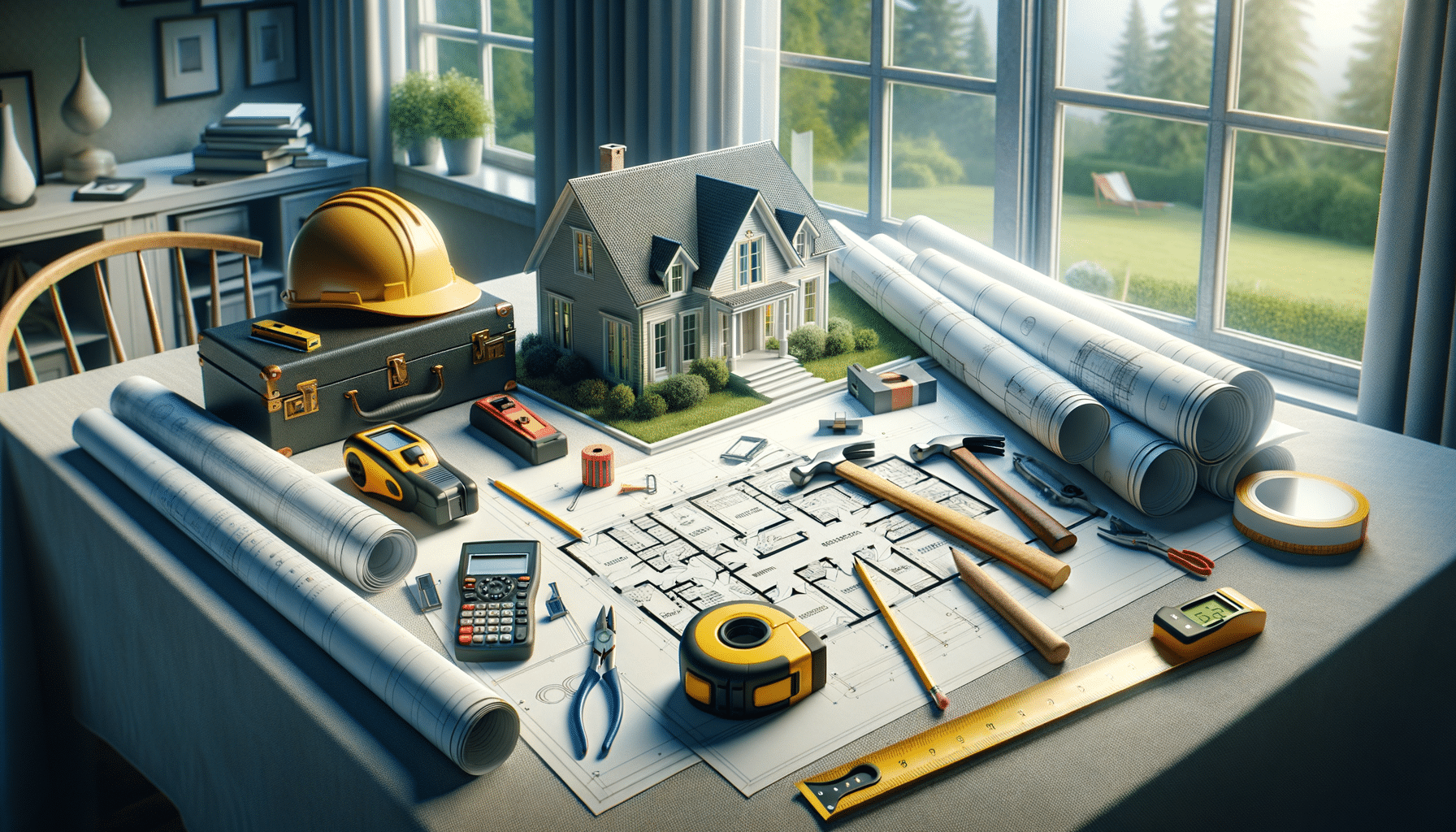
How to Plan Home Improvement and Remodeling Projects Effectively
Introduction to Home Improvement
Home improvement projects are more than just a way to enhance the aesthetic appeal of your living space. They are investments that can increase the value of your property, improve functionality, and even contribute to energy efficiency. Whether you’re considering a minor update or a major remodel, planning is crucial to ensure that your project runs smoothly and meets your expectations.
In this article, we will delve into the essential aspects of planning home improvement and remodeling projects. From setting realistic goals to budgeting and choosing the right materials, we’ll cover everything you need to know to make your project a success.
Setting Realistic Goals
Before diving into a home improvement project, it’s vital to set clear and achievable goals. Ask yourself what you hope to accomplish with the remodel. Are you looking to create more space, improve energy efficiency, or simply update the look of your home? Defining your objectives will guide the entire process and help you stay focused.
Consider making a list of priorities. For example:
- Enhancing the kitchen for better functionality
- Increasing storage space in the living room
- Improving insulation for energy efficiency
Once you have a clear vision, it’s easier to plan the steps needed to achieve your goals. Remember, setting realistic expectations is key to avoiding disappointment and overspending.
Budgeting for Your Project
One of the most critical aspects of home improvement planning is budgeting. Without a clear financial plan, costs can quickly spiral out of control. Start by researching the average costs of similar projects and consider obtaining quotes from multiple contractors. This will give you a ballpark figure to work with.
When budgeting, don’t forget to include:
- Materials and supplies
- Labor costs
- Permits and inspections
- Contingency fund for unexpected expenses
Having a detailed budget will help you make informed decisions and keep your project on track financially.
Choosing the Right Materials
The materials you choose can significantly impact the outcome of your home improvement project. It’s essential to select materials that align with your goals, budget, and personal style. For example, if sustainability is a priority, you might opt for eco-friendly materials like bamboo flooring or recycled glass countertops.
Consider the following factors when selecting materials:
- Durability and maintenance
- Cost and availability
- Environmental impact
- Aesthetic appeal
By carefully choosing the right materials, you can ensure that your project not only looks great but also stands the test of time.
Managing the Project Timeline
Effective time management is crucial to the success of any home improvement project. Begin by creating a realistic timeline that outlines each phase of the project, from planning to completion. Be sure to account for potential delays, such as waiting for materials or permits.
To keep your project on schedule:
- Communicate regularly with contractors and suppliers
- Monitor progress and address issues promptly
- Be flexible and ready to adjust plans if necessary
By managing the timeline effectively, you can minimize disruptions and ensure a smooth remodeling process.
Conclusion: Making Your Home Improvement Dreams a Reality
Home improvement projects can be both exciting and challenging. By setting clear goals, budgeting wisely, choosing the right materials, and managing your timeline, you can transform your living space into the home of your dreams. Remember, thorough planning and preparation are the keys to a successful remodel.
With these strategies in place, you are well on your way to executing a home improvement project that meets your needs and enhances your quality of life.


